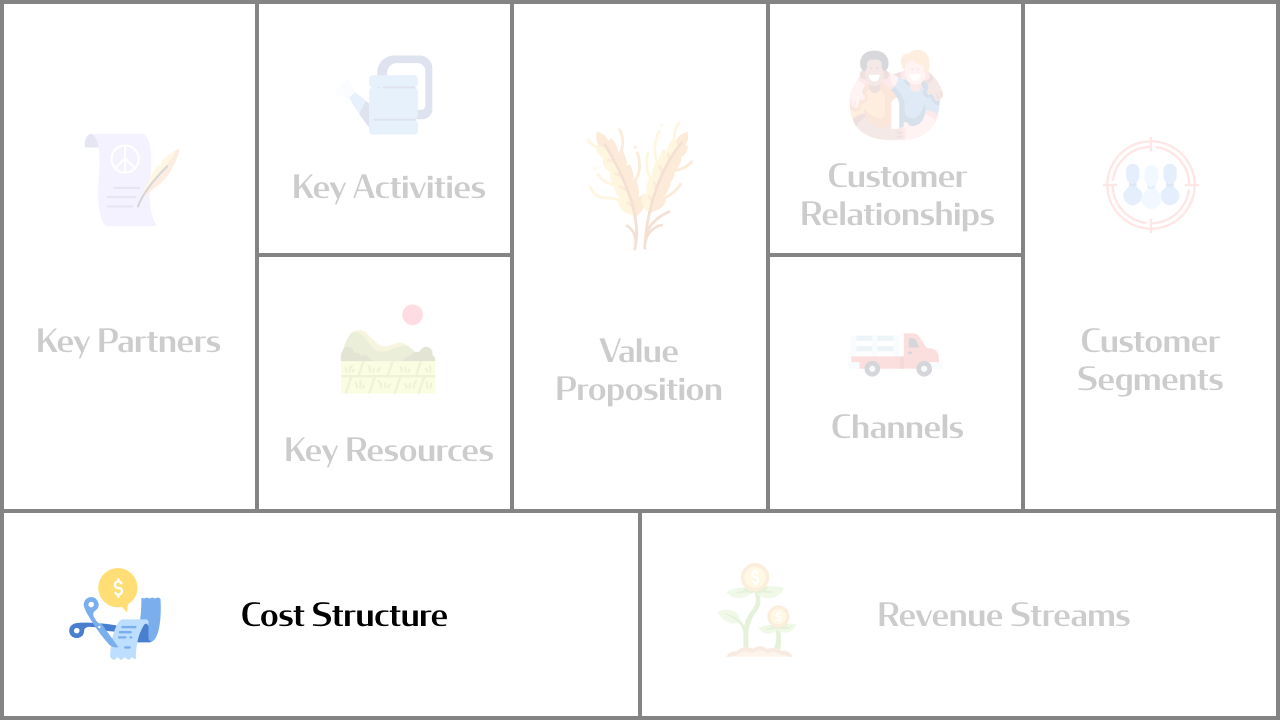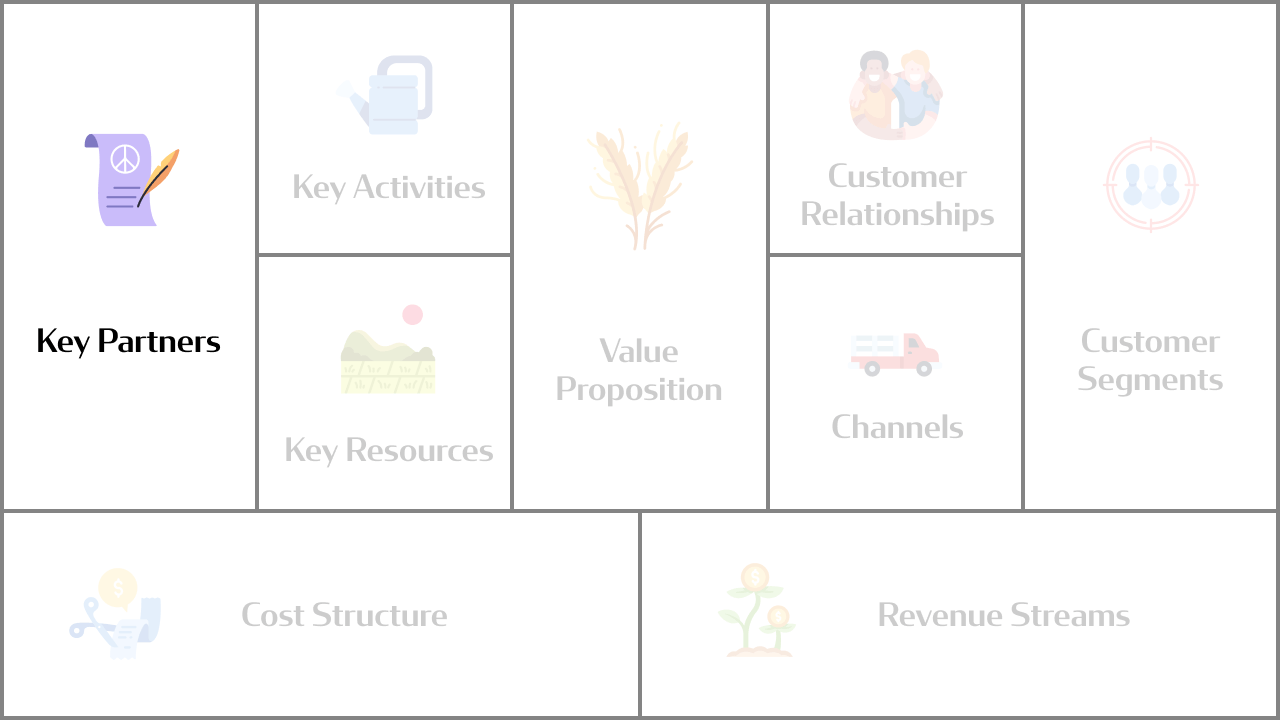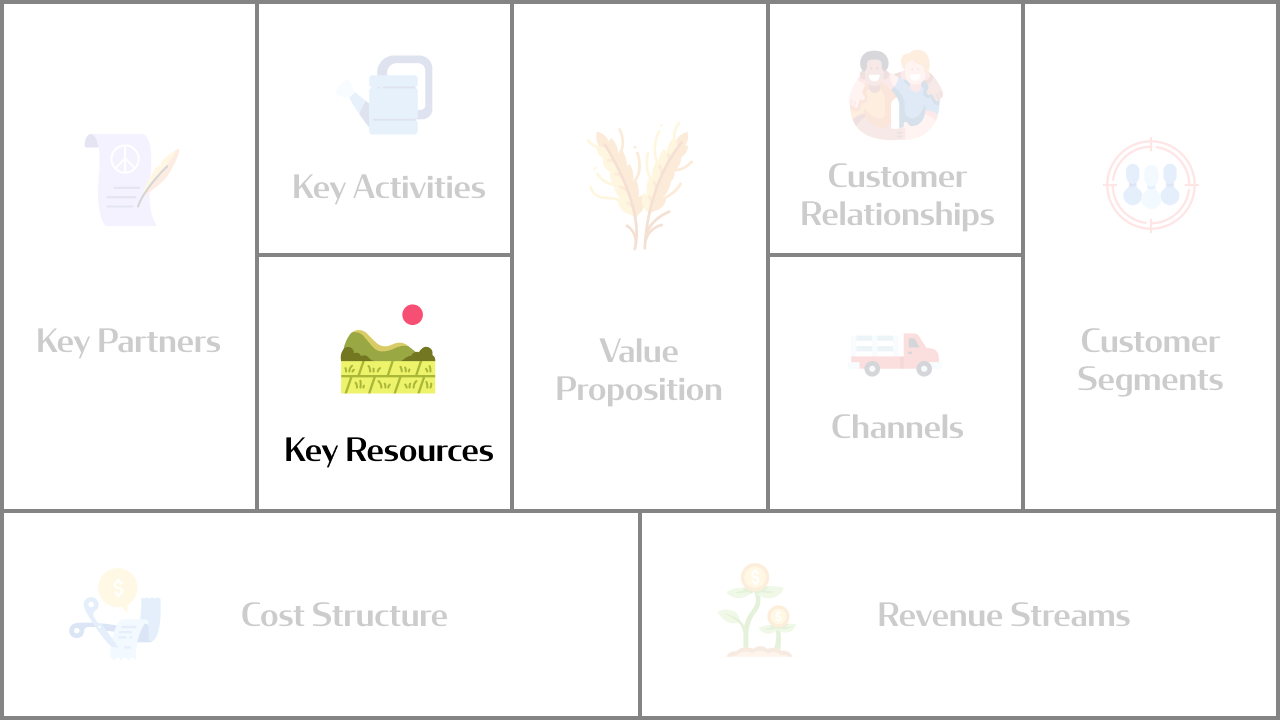You wouldn’t be reading this article if it weren’t for the existence of Google. What started as a new way to organize online search engines has exploded beyond what its founders Larry Page and Sergey Brin had imagined.
Many people use Google today to communicate, work, find entertainment and search the vast repository of information on the platform. It has become such an intricate part of our modern lives. So much so that the phrase “Google” has been accepted as a verb.
The success of Google is hardly surprising. The company manages 69 consumer-centered products, 29 business products & 13 developer products. As of July 2021, Google has been visited 62.19 billion times this year, and it processes over 3.5 billion searches per day. In the first quarter of 2021, Google recorded $17.9 billion in profit and dominates the search engine market share at 92.47% as of June 2021. There is no doubt that Google is the internet.
But how did Google manage to come out on top? So many other platforms burst onto the scene before, during, and after the dot.com bubble of the 1990s. Well, one thing we can attribute Google’s success to is its superior search engine platform. The company found a unique way to make its business model work. Something that earlier search engines failed to do.
So let’s dive into how Google managed to create a profitable business model.
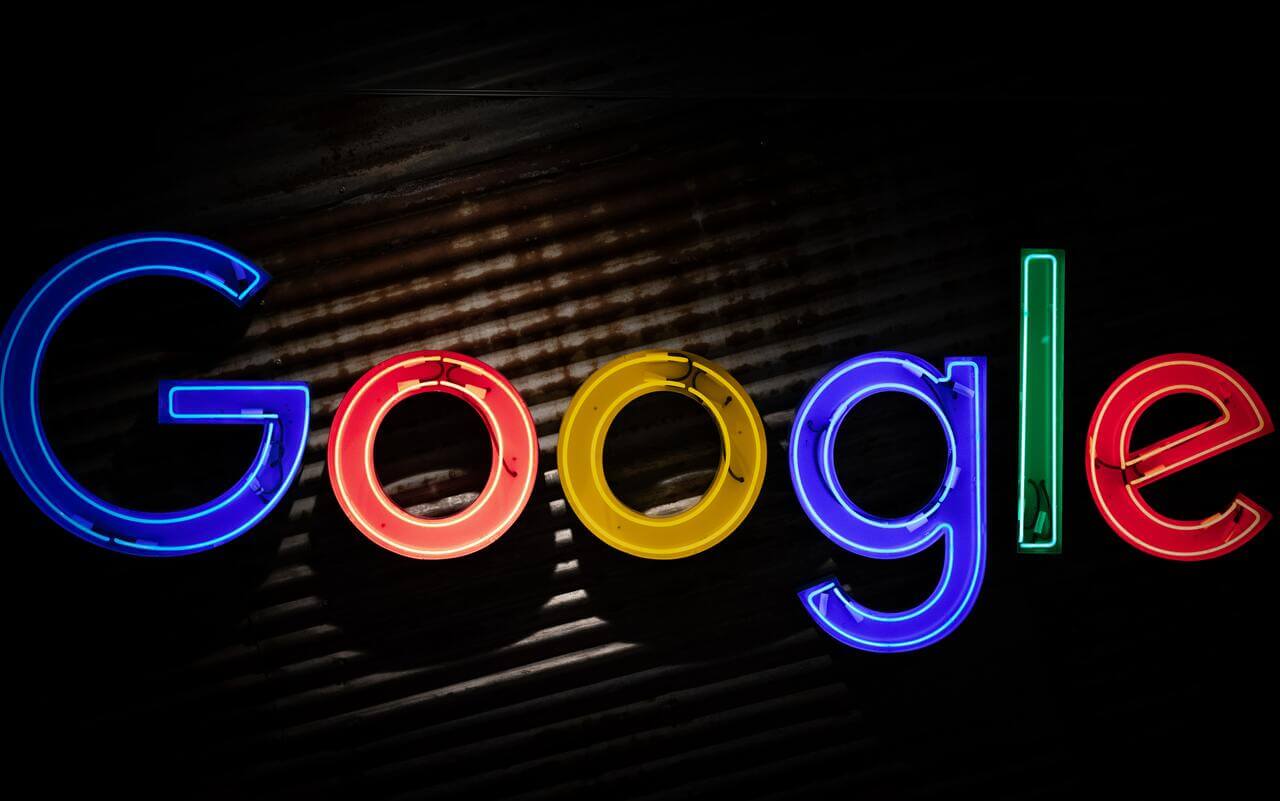
1990-1995: A quick history of the Search Engines
Before we look at how Google started, we need to understand the World Wide Web landscape when the internet first rolled into town.
1990: The World Wide Web
Today, close to 50% of the world population has access to the internet. That was not the case back in the 90s. Computers were giant boring machines that performed menial and clerical tasks, and access to them was often limited.
The internet was in its infancy and too complicated for the average person to use until Sir Tim Berners-Lee figured out a way to consolidate the data on the internet into an accessible format. Despite this development, it was still challenging to navigate the web.
Search engines like we know them today did not exist. To get the results you wanted, you had to know the exact title and wording of the website you wanted to find it. Additionally, search engines like Archie Logo (the first search engine) were riddled with spam. It worked using minimal downloadable listings and information.
1991-1993: More Advanced but Primitive Search Engines Are Developed
After Archie Logo, more advanced search engines began to pop up. In 1991, Gopher was launched and made it possible to search through online databases and text files. This removed the need to worry about punching in the exact wording of the website you needed.
1993 saw the launch of Jughead, which also searched file names and titles similar to Gopher. The only difference was that it searched a single server at a time. That same year, World Wide Web Wanderer was created by Matthew Gray and used a bot to count active web servers and “measure the growth” of the Internet. This bot was soon upgraded to capture actual URLs and build a database called Windex.
1994: Yahoo!, Lycos & WebCrawler & make a debut
Web crawler launched on April 21, 1994, with more than 4,000 different websites in its database. It was the most extensive index of pages from a single platform. It became so popular it was impossible to use during the day.
Yahoo was also launched in 1994. Created by David Filo and Jerry Yang, Yahoo began as a collection of favorable web pages that included a man-made description with each URL. Individuals could submit their own web pages to Yahoo and suggest in which category they should be included.
Their business model was based on the fact that the web was a collection of disjointed web pages. Yahoo’s value proposition to early adopters was a platform that had consolidated several thousands of web pages under different searchable categories.
Lastly, Lycos came into the picture as well. It was the first search engine to have total page searches for over a million pages. It was also the first search engine to create proximity searching, which is a way to look for two or more words that occur within a certain number of words from each other. This increased the accuracy of the results produced by the search engine.
1995: AltaVista Changes the Game
While thousands of search engines mushroomed all over the web, none were as significant or memorable as the launch of AltaVista, which Digital Equipment Corporation owned.
The launch of the AltaVista search engine capabilities was not intentional at all. In fact, AltaVista was created as a test case for one of Digital’s supercomputers called Alpha Server 8400 TurboLaser. It had a 64-bit processor that could search extensive databases very quickly. The only way to showcase this was to launch a search engine.
Digital created a web crawler tool called Scooter that completed its first web crawl in August 1995, returning about 10 million pages to the AltaVista index. This tool allowed users to search the web using simple everyday language and limited the number of results returned from one domain.
All these new features made AltaVista a hit with web users. It could index around ten times the number of pages that competing search engines could handle. Suddenly people had access to more content than ever before.
Digital decided to keep the platform free to use despite its success and rumors of a paid-subscription model launching. The company saw AltaVista as the best marketing tool for their computer hardware products. They did, however, adopt advertising as a way to generate revenue for their new site.
The 90s were a hotbed of new and advanced search engines. However, all these search engines failed to anticipate what the launch of Google would do to the market. All these prior search engines or directories had one problem; they all gave different results, making them hard and time-consuming to use.
There was no consolidation or accuracy of the information. A user could get one result from a search engine and a different result from another even though they searched for the same information on both sites. Additionally, they couldn’t automatically find new websites.
Google simply designed a better platform with a cleaner home page, was easier to use, had more accurate results, and was more comprehensive.
So let’s see how Google did this.
1995-2000: How Google Started
1995: It all starts in a Dorm Room
As cliché as it is, Google was founded in a dorm room. The Google story begins in 1995 at Stanford University. Larry Page, a computer engineering student at the University of Michigan, considered going to Stanford University for grad school.
Sergey Brin, a student at Stanford, enrolled in the same graduate program, was assigned to show him around the school. The initial meeting didn’t go so well because they instantly disliked each other and disagreed about everything. Fortunately, the two students managed to find common ground. By the following year, they had resolved their differences and struck up a partnership.
1996: Launching the Private Network BackRub
Page had been working on several projects. These included a movie rating platform and a code conversion tool for turning academic papers into HTML files.
As part of his Ph.D. research, Page started collecting the links on the Web. His advisor agreed that it would be a good thing to do because no one was looking at the links on the web. He was particularly intrigued in discovering how pages linked and could be linked to each other.
Page also noticed how slow, disjointed, and inaccurate the web search pages were. He firmly believed that links on the Internet could function more or less like citations in the academic world. This would improve the relevance and accuracy of search results on the web.
Borrowing some of AltaVista’s features, Page wanted to design a search engine to rank sites based on how often other trustworthy pages were linking them. In simpler terms, the new platform would give websites a certain number on the search results page based on how many times that specific site was mentioned on other sites. The goal was to organize the information on the web to make it universally accessible and useful.
He ran the idea past Brin, who got excited over this new project. The pair used their own funds and began to build a search engine that would rank the importance of individual websites on the World Wide Web. They called the algorithm PageRank.
Not having enough to pay for the necessary hardware they needed, Brin and Page approached Professor Hector Garcia-Molina. Garcia-Molina was Page’s advisor and helped secure $10,000 from the school’s Digital Library budget.
Other faculty members pitched in, and the pair could purchase discounted computer parts to develop a working prototype.
Once they had a working prototype, they named their project BackRub and approached the University authorities with their project. Fortunately, the pair got permission to launch BackRub as a private network for the University in August 1996.
1997: Moving to the Google.com domain
PageRank worked for over a year on the Stanford servers until it clogged up the bandwidth and moved to a new domain. The search engine was so powerful; it often caused the Stanford internet connection to shut down.
In September, the Google.com domain was registered, and Page and Brin changed the company’s name from BackRub to Google. Working out of their dorm rooms was not feasible anymore. So they relocated to their friend Susan Wojcicki’s garage and took a leave of absence from Stanford to pursue Google full-time.
1998: First Investor Funding, Incorporating Google, Trying to Sell to Yahoo! & the Beginning of the Decline of AltaVista
At this point, Google had no formal business plan. The two students turned businessmen were working on a vision to bring a customer-centric search engine platform to the world. Naturally, this would not go down well with any sensible potential investor, and the pair found that out the hard way.
Brin and Page went to Silicon Valley to try and secure a licensing deal for $1 million. The trip was a mild failure as they only received an offer for $500 000 from one investor. The pair decided to sell Google for $1 million instead. They approached Yahoo, which at that time had already established itself in the market.
Yahoo turned them down because they wanted to keep visitors coming to their site. They felt that the PageRank algorithm would introduce third-party sites to their platform.
So the two students decided to shelve their plans of selling the company and returning to their studies at Stanford and instead focused on finding investors.
Finding Investors
Desperate for cash, the two gentlemen turned to Professor David Cheriton for advice.
Cheriton was a successful business owner and had previously built an internet company called Granite Systems with another Stanford dropout, Andy Bechtolsheim. Cheriton linked Brin and Page with Sun co-founder Andy Bechtolsheim.
After seeing a quick demo on Professors Cheriton’s porch, Bechtolsheim invested $100,000 in exchange for a stack in the start-up. Professor Cheriton also invested $100,000 in the start-up. After getting this much-needed cash injection, Google was incorporated on September 4, 1998.
Another Stanford faculty member, Professor Jeffery Ullman, introduced Page and Brin to Ram Shriram. Ram would become their next angel investor. Shriram invested $250,000 on the day Google was incorporated.
Additionally, Shriram had sold his online shopping company, Junglee, to Amazon in August of the same year. He encouraged Amazon’s Bezos to invest money in the new Google start-up. Bezos was impressed by the customer-focused product. Despite not having a concrete business plan, he decided to invest $250,000 in November 1998.
The Decline of AltaVista
AltaVista had partnered with Yahoo in 1996 when it began providing supplementary results for Yahoo’s search portal queries.
A significant shift to this partnership happened in 1998 when Digital sold AltaVista to Compaq. Compaq had no intentions of keeping the partnership going, so it terminated the deal and decided to try and beat Yahoo at its own game.
Compaq diversifies its features turning AltaVista into a more complex web portal. It did away with the simple search form that users had enjoyed before and made the home page more cluttered.
This move frustrated the millions of AltaVista users. It contributed to a wave of people abandoning the engine for Google the following year.
1999: Official launch of the Google Search Engine & First Official Series Round of Funding
The new Google search engine officially launched in 1999. That same year the company moved from the garage of Susan Wojcicki to real offices in Palo Alto, California. They had eight employees and launched their first official series round of funding. This raised $25 million from Kleiner Perkins Caufield & Byers and Sequoia Capital.
Google was not on its way up, and the decline of AltaVista contributed to the rise of early adopters who wanted a user-friendly and accurate search engine. Google did not disappoint.
Unlike Alta Vista, where you could get important information on page 3 or 4 of the results, Google had all the relevant information on the first page. It was no surprise when by the end of the year, Google had generated 795,200,000 search inquiries.
2000: Google monetizes their Search Engine using AdWords
Google was slowly becoming a significant player in the search engine industry. It was already clear that Google was the best search engine on the market. What wasn’t clear, though, was how it was supposed to make money. Its business model wasn’t profitable just yet.
Almost all the search engines at that time were using advertisements as a way to generate revenue. As pure academics who were still grappling with the idea of running a successful business, Page and Brin weren’t too keen on turning their search engine into an ad-selling machine at first.
They felt it was biased and resulted in a lot of unnecessary spam in the search results. However, they soon warmed up to the idea. In a move to establish Google’s dominance, the company launched Google AdWords and had 350 advertisers.
AdWords offered marketers the opportunity to purchase relevant keywords that appeared next to search results. It was also different from other search engines because Google insisted on not having advertisements on the homepage, so the user experience was not disturbed.
Yahoo Partnership
That same year, Yahoo partnered with Google in a deal that saw the internet giant carry Google’s search results and ads. This partnership saw Google providing Yahoo with the use of Google’s search engine at a cost. Yahoo paid Google $7.2 million for its services, giving Google a much-needed cash injection and significant exposure. In return, Google paid Yahoo about $1.1 million for promotional services, branding, and advertising.
Because Yahoo itself wasn’t a search engine, it was outsourcing this particular service. Before Google, Yahoo had turned to a search engine called Inktomi. Inktomi was also providing its search engine services to several internet giants at that time, including AOL and the Microsoft Network.
This partnership lasted for several years until Yahoo developed its own in-house search technology and ad serving system.
Google Business Model Canvas: The Early Days
At this point, Google’s Business Model Canvas looked like this:
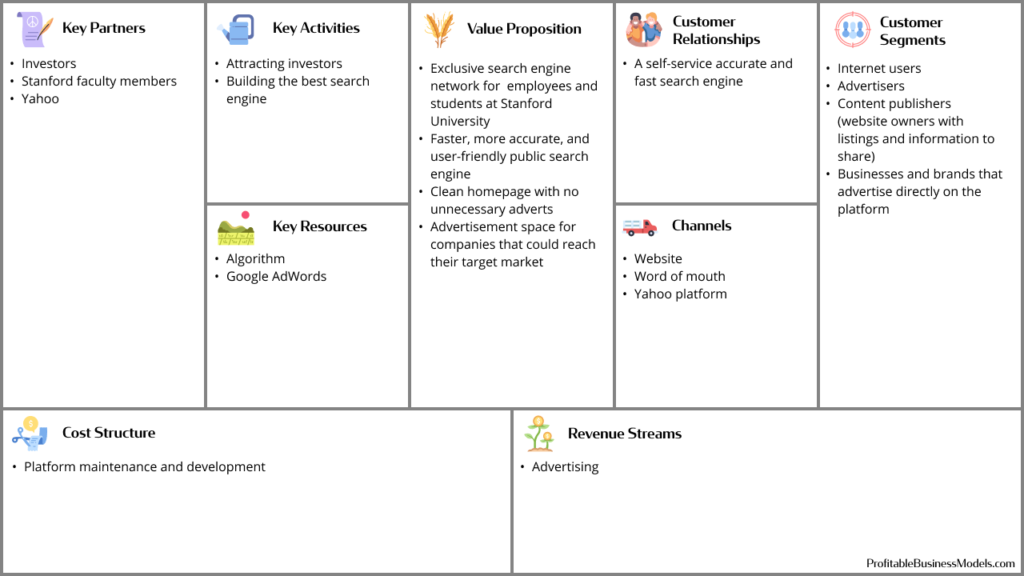
2001-2010: Google Dominates the Internet & Yahoo! Refuses to buy Google Again,
2001: The first Key Acquisition
In August 2001, Eric Schmidt was named Google CEO, and Brin and Page were named company presidents. Schmidt was a key hire because he brought much-needed business leadership experience into the company.
Under Schmidt’s leadership as CEO, Google made its first acquisition when it purchased Deja.com Usenet Discussion Service. This was pivotal in establishing the company as a significant player because it held an archive of 500 million user discussions dating as far back as 1995.
2002: Yahoo fails to buy Google Again & Starts to Lose Dominance
In 2002, Google needed to raise $3 billion in funds to support their growing business. They approached Yahoo once again. Terry Semel, then Yahoo CEO, once again refused the offer because Yahoo was planning on building its own rival to Google. This is where Yahoo lost the plot.
Yahoo acquired a search engine called Inktomi and an ad revenue software company called Overture to help the company compete with Google’s AdWords. But it just could not compete with the accuracy of the Google search engine.
Moreover, Yahoo was diversifying its business model by adding movies and music services to its portfolio. They were also venturing into games, news, sports, and financial information resources. Yahoo had an apparent identity crisis, whereas Google was focusing on conquering the internet only.
Slowly Google became the dominant search engine and, that same year, revamped its ad services by adding the cost-per-click pricing to its AdWords. They also opened Google Labs, which was an incubator created to test and publicly demonstrate new projects. The company expanded and opened its first office in Australia.
2003: Google AdSense is launched
After acquiring Pyra Labs to help develop the infrastructure needed for Google’s next venture, the company launched AdSense. It was the missing piece for Google’s business model. AdSense was Google’s network of websites and allowed advertisers to connect with this vast network easily.
AdSense worked by connecting ads to websites using an algorithm that categorized the ads according to the type of content and number of visitors. This was a huge success and caused the blogging world to explode.
Content creators could now monetize their work, and advertisers could now make targeted marketing campaigns. Additionally, these relevant ads maintained the platform’s user-friendliness ensuring that people were not bombarded by unnecessary spam and ads. This greatly improved the value proposition that Google offered over its competitors.
2004: The launch of Gmail & Google goes Public
By 2004, Google now had more than 800 employees. To accommodate the growth, they moved to new offices at 1600 Amphitheatre Parkway, Mountain View.
In April, Gmail was launched as an invite-only service. Google went on an acquisition and product launching marathon, acquiring several key start-ups, including Picasa, which made technology that helped consumers organize and display photos online. They released Google Scholar, a free web-based service that indexes the full text of scholarly literature across many disciplines.
However, the big event of the year for Google was its public listing. It went public on the stock market with an IPO of 19,605,052 class A shares valued at $85 each.
2005: Google Maps changes Navigation, Google Enters Video Sharing
The following year, the Google Maps App was born. This new service used satellite imagery and directions to help users navigate their way. The launch of this product was perfect timing because mobile phones were increasing in popularity.
That same year Google had noticed a shift towards video sharing, so in 2005 they launched Google Video, which was geared towards providing a vast archive of free searchable videos. Users could upload amateur media, Internet videos, viral ads, and movie trailers. The service was also aimed at distributing commercial professional media, such as televised content and movies.
This further entrenched Google as the best internet services platform.
Google Buys Android
While it didn’t seem significant when it happened, Google’s acquisition of a small start-up called Android Inc in July of 2005 would be one of its best. The company could see that the world was going mobile, and it wanted to ride that wave. This strategic acquisition would prove vital to the survival of Google in the mobile internet age.
2006: Google acquires YouTube & launches Google Translate & Google Docs
In 2006, the word Google was added to the Oxford English Dictionary as a verb, further evidence that Google had erased its competition in the search engine industry.
Google also acquired YouTube for $1.65 billion. This was a response to the disappointing uptake of Google Videos as a video-sharing service. They still wanted to tap into this market, so it was an easy choice for the company to buy YouTube, which was doing very well. They would use the platform to generate revenue through YouTube Ads.
Also, in 2006, Google Translate was launched to try and break language barriers and make content sharing more accessible. Other honorable mentions include Google Docs and Google Spreadsheets service that went live that same year.
2007: Growing its Ads Services Again
In a move that would double its revenue growth, Google purchases an online advertising company called DoubleClick for $3.1 billion. This allowed the company to scale its operation beyond targeted search results. Google could now work directly with web publishers to display advertisements across the internet instead of its own search page.
2008-2010: Google Chrome Comes to Town, Google Goes Mobile & Building Key Fiber Infrastructure
Up until this point, Google didn’t have its own separate web browser. This particular part of the industry had been dominated by Microsoft’s Internet Explorer and Apple’s Safari. So Google rose up to the challenge and released Google Chrome. Loads of features, inbuilt google search, faster load time all added to Chrome’s success.
This web browser was lightweight, speedy, and minimalist. It had loads of new features, but most of all, it had an inbuilt google search which was part of the appeal. It quickly exploded in popularity mainly because of the Google brand and the aggressive marketing campaign that the Google machine launched. For example, any user that went on the Google platform would immediately receive a popup invite to try out Chrome.
While the year was reeling from the financial crisis, Google managed not only to stay afloat, but it closed off 2008, having made $21.8 billion in revenue.
Google Debuts Android OS & Goes Mobile
When Google purchased Android Inc. in 2005, it had already seen the potential benefits of expanding its core search and ad business beyond its desktop platform. They spent three years working on an operating system for mobile phones, and in 2008 Google debuted it on the HTC Dream phone.
This allowed Google to compete with Microsoft, Apple, and Blackberry in the mobile phone frenzy that had gripped the world. In 2010, Google took it a step further and released their first mobile phones sold directly to customers. This was a partnership between Google, HTC, and T-Mobile.
The Nexus One was considered a success with its sleek and small design and a powerful camera. Sticking to its user-friendly and minimalist principle, Google ensured that the phone’s home screen was simple and easy to navigate.
Building Key Fiber Infrastructure: Google Fiber
The world of the dial-up internet connection was dying. Faster internet speeds were needed. Google finished off the decade with an entry into the internet provider industry. They announced plans to build a fiber-based home internet service that would offer a connection of up to one gigabit per second. This was 100 times faster than average speeds at the time.
Once Google had worked on a way to test their product, they were soon overwhelmed with local governments in the U.S. The city officials wanted Google to beta test the infrastructure in their cities. Construction began in Kansas City.
Google Business Model Canvas: Dominance of the Internet
At this point, Google’s Business Model Canvas looked like this:
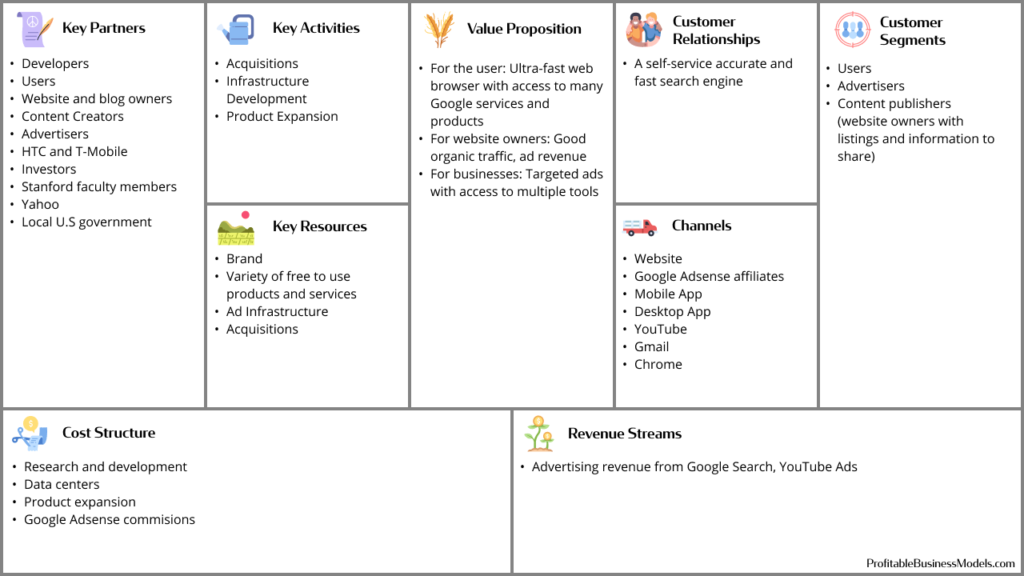
Conclusion
Google had grown in leaps and bounds in the first 15 years of operation. It redefined the internet landscape, made its business model profitable, and diversified its product offering.
Sources
- https://www.oberlo.co.za/blog/google-search-statistics
- https://www.theverge.com/2021/7/27/22596592/google-q2-2021-record-revenue-profit-youtube-ad-cloud-search#:~:text=But%20Alphabet’s%20Q2%202021%20earnings,a%20row%20at%20%2418.5%20billion.&text=YouTube%20advertising%20revenue%20grew%20tremendously,to%20%243.8%20billion%20last%20year.
- https://www.statista.com/statistics/216573/worldwide-market-share-of-search-engines/
- https://www.statista.com/statistics/266206/googles-annual-global-revenue/






